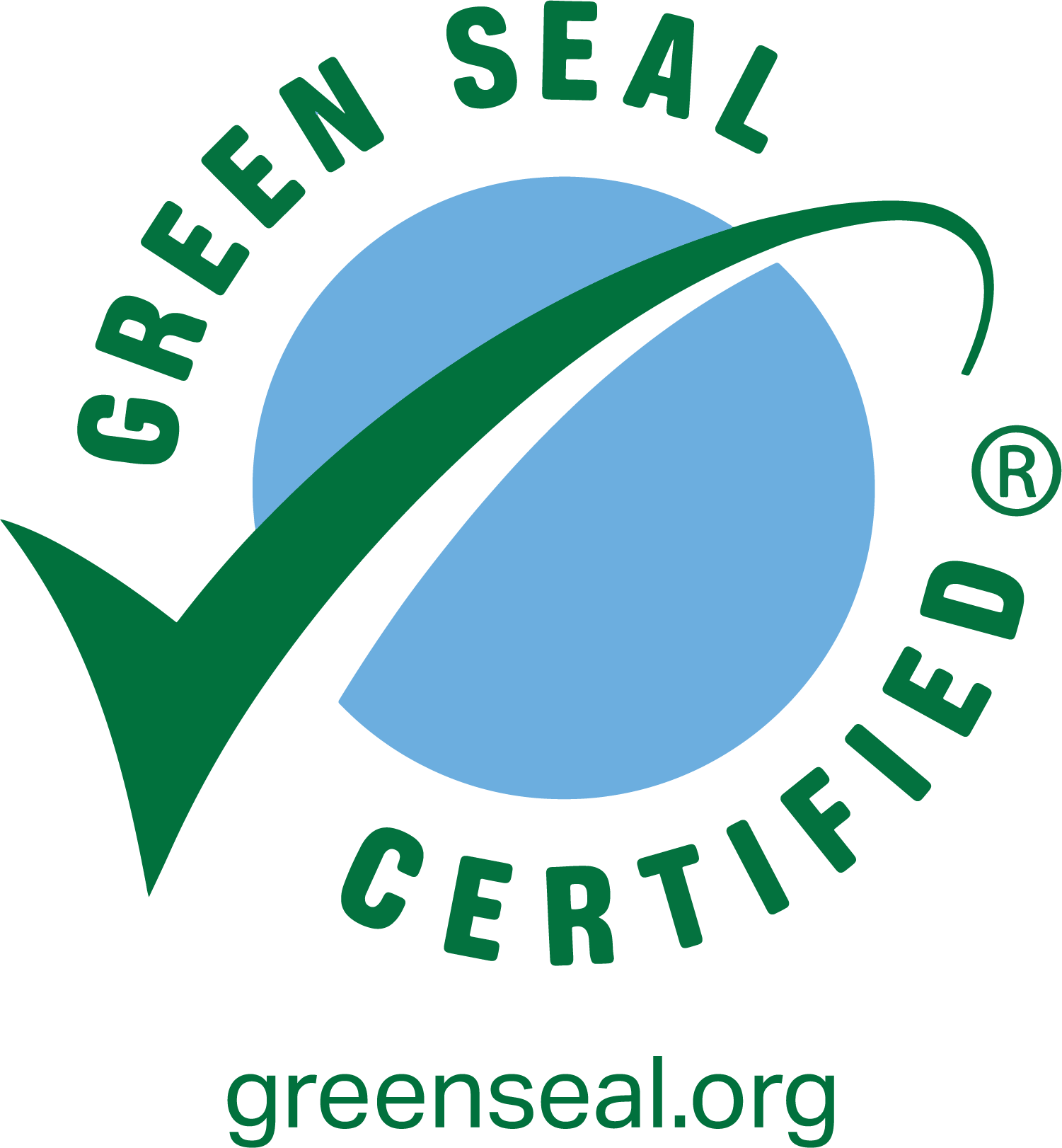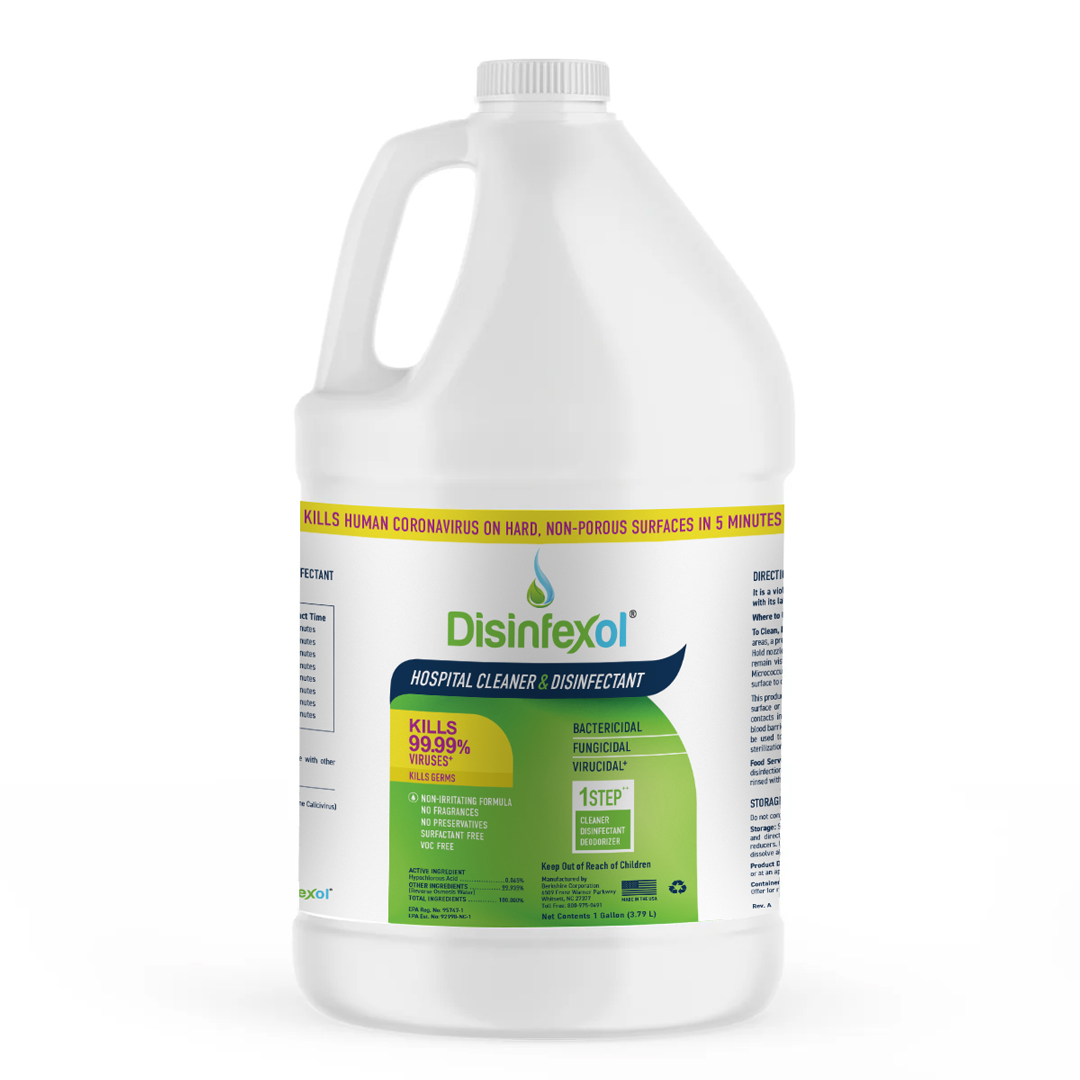
Senior living, assisted living, and nursing homes are all facilities that house elderly residents more susceptible to infection and vulnerable to harsh chemicals.
In the U.S. some 15,000 long-term care (LTC) facilities serve more than 1 million residents. The residents and staff in LTC facilities have an increased risk of infection due to the unique challenges in the care setting and the resident population. The CDC estimates that health care-associated infections account for as many as 380,000 deaths annually.
For these reasons, all staff in LTC facilities must work together to reduce infections and provide safe care for residents and a safe work environment for staff. Selecting the right long-term care cleaning & disinfecting products is essential to keeping these facilities free of disease-causing pathogens, but also should minimize inhalation and skin irritant risks, and provide residents with the clean and germ-free environment they deserve.
Disinfexol kills 99.99% of viruses and germs, including Human Coronavirus, as well as bacteria and fungi. This time-saving one-step clean and disinfect act as a virucide, bactericide and fungicide, using zero toxins or harsh chemicals. As a bonus safety feature, an independent lab validated that Disinfexol leaves no slippery residue on the surfaces.

















